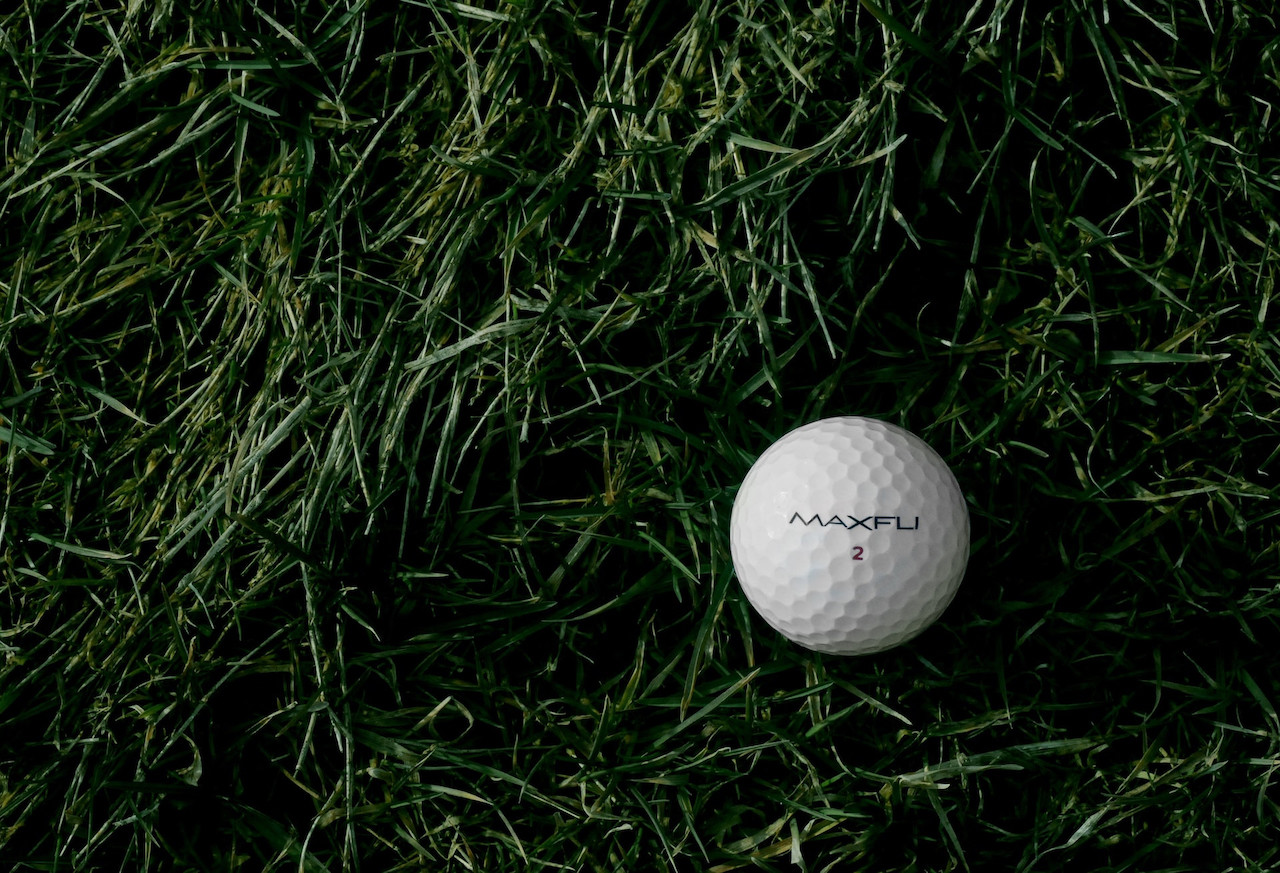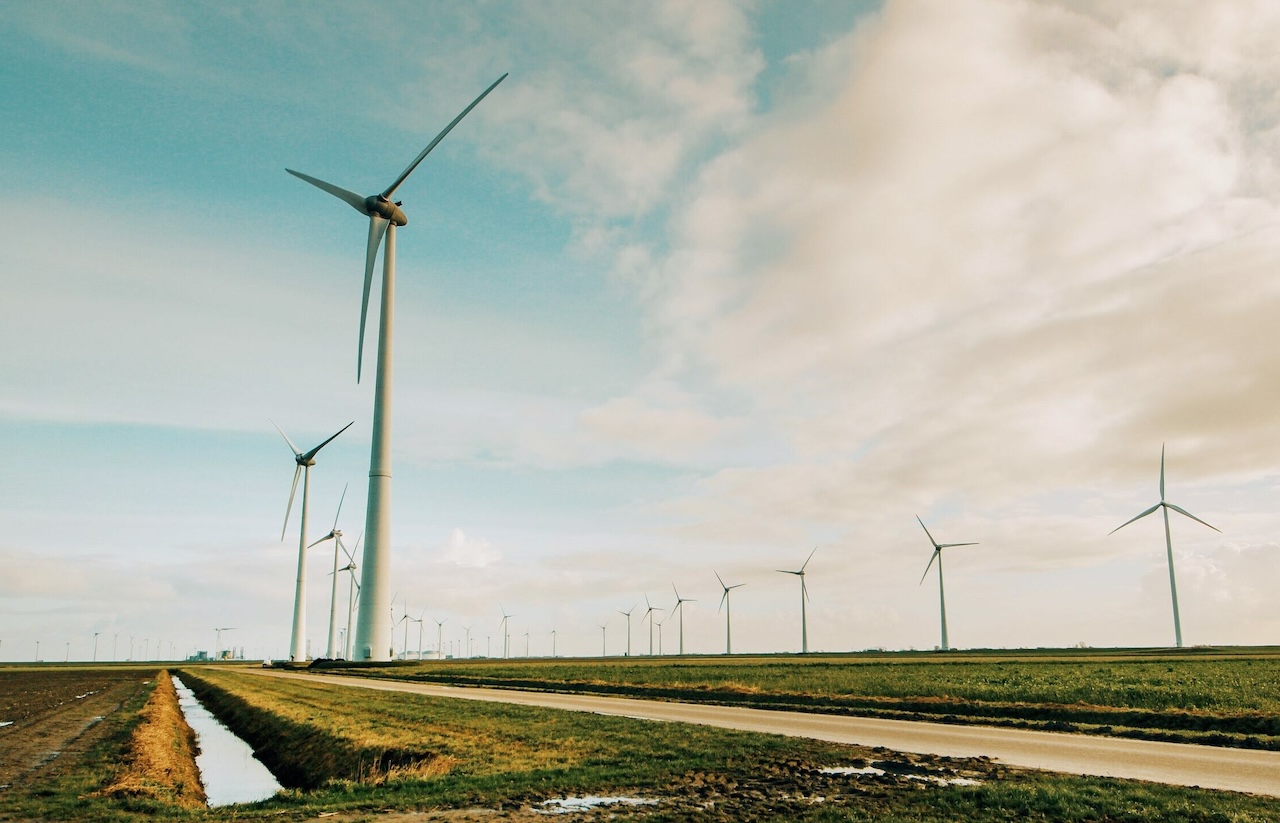In a world where innovation and sustainability intersect, the golfing industry takes a giant leap forward with the integration of artificial grass on golf courses. Offering numerous benefits for players, course owners and in some aspects the environment, this eco-friendly solution is changing the way golfers approach the game.
Embracing the Green Revolution
Golf, a sport beloved by millions worldwide, has long been associated with lush green fairways and perfectly manicured greens. However, the traditional approach to maintaining these areas often requires extensive water consumption, chemical fertilisers and regular mowing, leading to significant environmental impacts.
Enter artificial grass, a game-changer that offers a more sustainable and environmentally responsible alternative. Artificial grass, also known as synthetic turf or fake grass, replicates the look and feel of natural grass while drastically reducing the need for water, pesticides and other harmful chemicals. By adopting this green revolution, golf courses can significantly minimise their ecological footprint, contributing to a greener and more sustainable future. That said, using artificial instead of traditional grass does break down an existing ecosystem, as all the wildlife benefiting from the grass (from bugs to birds and further) will no longer have a sustainable home, so there are pros and cons to weigh up in terms of environmental impact.
Enhancing the golfing experience
The benefits of artificial grass on golf courses extend beyond sustainability. Golfers are delighted to discover that playing on synthetic turf provides a consistent playing surface with no divots or uneven patches. This enhanced level playing field ensures a more enjoyable and fair experience for all players, irrespective of weather conditions or foot traffic.
Moreover, artificial grass exhibits excellent durability, offering resilience against heavy use and adverse weather, resulting in reduced downtime for maintenance and increased playability. Golfers can savour longer hours on the course, honing their skills and indulging in their passion without interruptions due to maintenance.
Cost-effective and low maintenance
Artificial grass proves to be a financially sound investment for golf course owners. Although the initial installation costs may be higher, the long-term benefits outweigh the expenses. The substantial savings on water bills, reduced reliance on chemicals, and lower maintenance requirements add up over time, making artificial grass a cost-effective choice.
In contrast to natural grass, which demands frequent mowing, trimming, and reseeding, synthetic turf only requires occasional grooming and cleaning. This low-maintenance aspect frees up staff time and financial resources, allowing golf course owners to allocate their budget more efficiently and focus on delivering exceptional golfing experiences.
Innovative design and customisation
One of the key advantages of artificial grass is the flexibility it offers in course design. Golf course architects and designers can unleash their creativity, crafting unique and imaginative landscapes that elevate the playing experience. From elaborate putting greens and challenging bunkers to picturesque tee-box settings, the possibilities are limitless, providing golfers with a diverse and engaging journey on the course.
The future impact
As golf enthusiasts and course owners become increasingly conscious of environmental impacts and the transition to artificial grass continues to gain momentum, the inevitable tension between reducing water and fuel consumption and destroying an ecosystem via plastic production must be considered. By gaining a true understanding of the pros and cons of each, the golfing community can collectively contribute to creating a more sustainable future for the sport.





